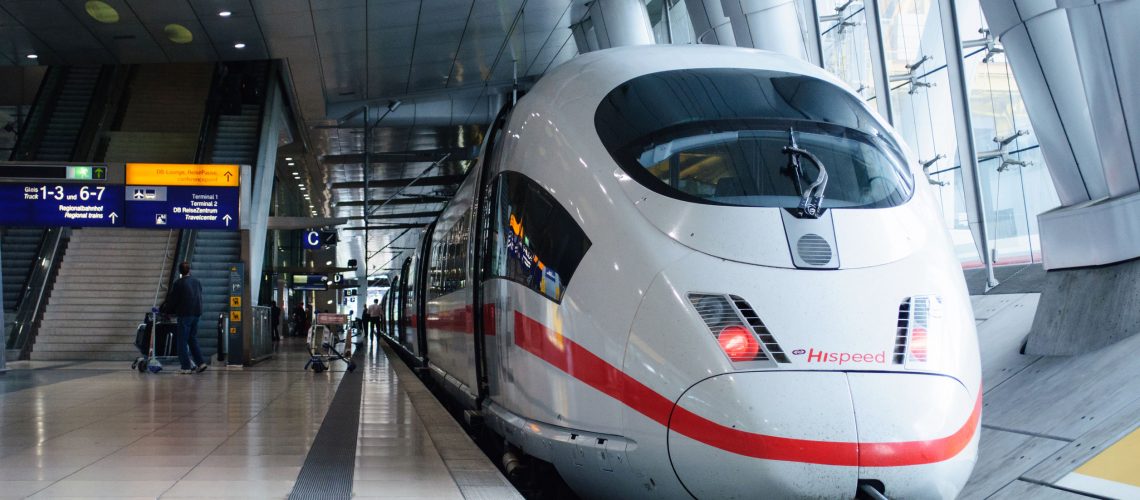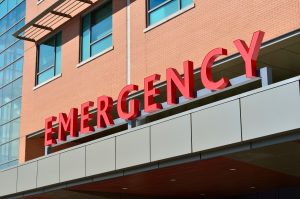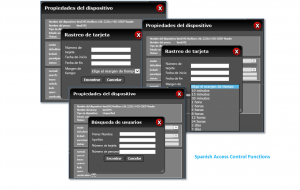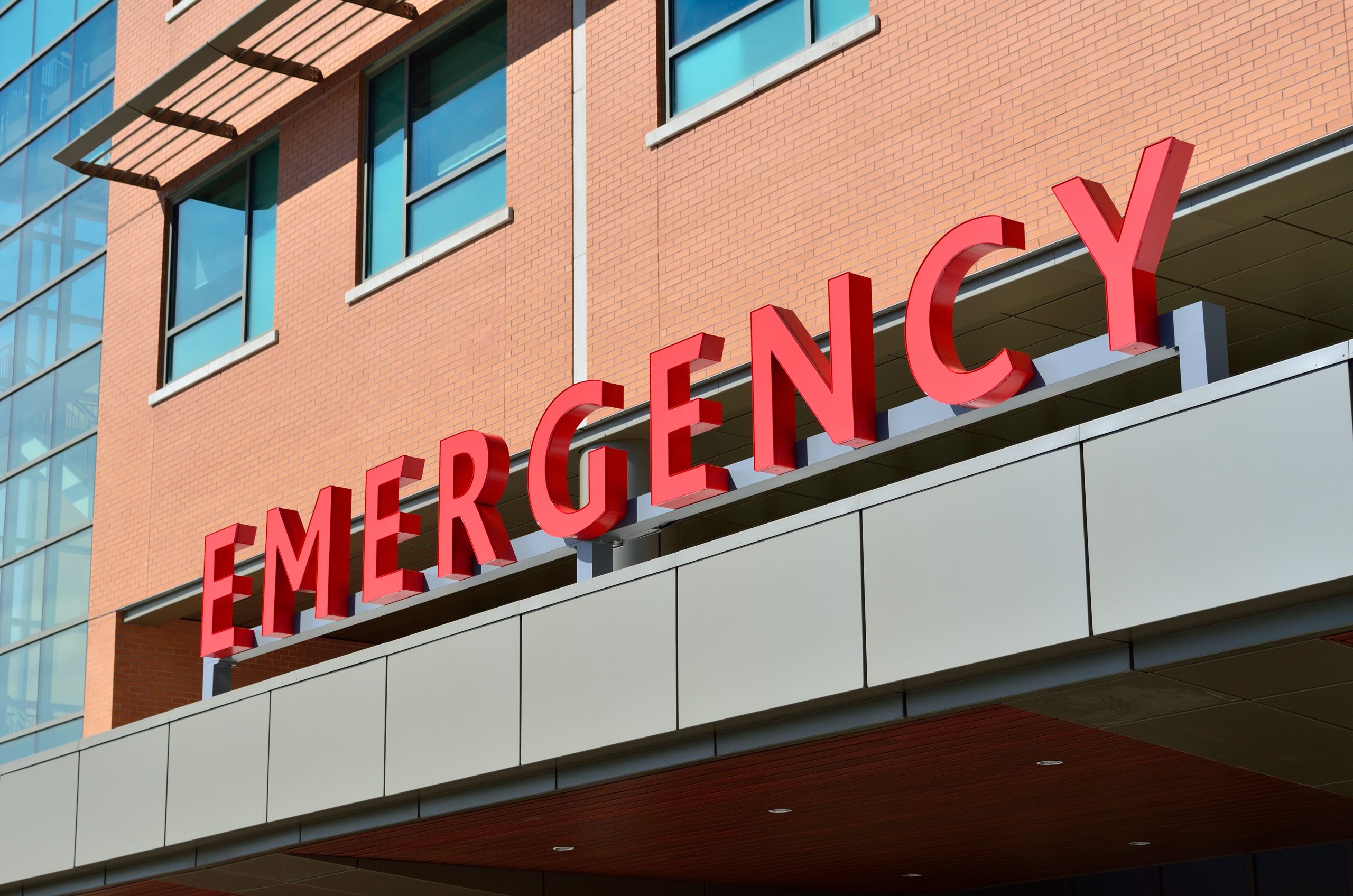Transportation executives face enormous challenges today as increased traffic and an increased number of people moving to cities has led to further congestion in urban environments. The reality is, there is a limit to how much you can build. There can only be a certain number of highways or a certain number of lanes in highways, so transportation officials and engineers are faced with the task of efficiently moving people and goods in and out of municipalities, cities and jurisdictions with little ability to increase physical capacity.
After considering a number of factors that could lead to improving transportation, officials are beginning to favor the development of intelligent transportation as a solution to the task at hand. The move towards an “Internet of Things” era, as a result of the sheer amount of data that we produce on a daily basis, is inevitable. Data is being generated by the public in massive quantities. Transportation officials are beginning to take advantage of filtering through this data to collect information and draw conclusions about how they can restructure or improve current systems and infrastructures.
In order to do this, transportation systems such as metro, trains, roads and highways must integrate sensors that capture traffic data and analyze this data effectively in operation centers throughout cities. Social media data must be analyzed as well to understand what is really happening on certain roadways, exits or side streets.
Transportation officials now have the ability to mitigate the risks involved with transportation through the effective management of data. This could include identifying areas where traffic lights are not performing as well as they should, areas where STOP signs should be installed, and monitoring crosswalk safety, among many other use cases. Intelligent transportation systems can flag risks such as vehicle accidents, subway fires or street flooding, and provide solutions to these risks. All of this leads to a more streamlined and effective urban transportation ecosystem.
Gathering all available data together in a meaningful fashion is a huge advantage for transportation centers and many of them are using our software to gain this advantage. Vidsys can actually convert data to allow first responders, operation centers and supervisors to immediately know what is happening near them so that they can make quick decisions on the spot. Developing smart transportation in cities is a huge challenge, but it is undoubtedly the direction that we see transportation departments going.
Vidsys believes that we can be a serious asset to cities during this urban transition process by providing an affordable solution that integrates with legacy systems through a browser-based platform.
Read more about our CSIM technology solutions for city transportation here.






![Vidsys Enterprise 2020R2: improved video replay controls, auto reporting + more [release notes]](https://vidsys.com/wp-content/uploads/2020/05/Spanish-Access-Control-Functions.png)
